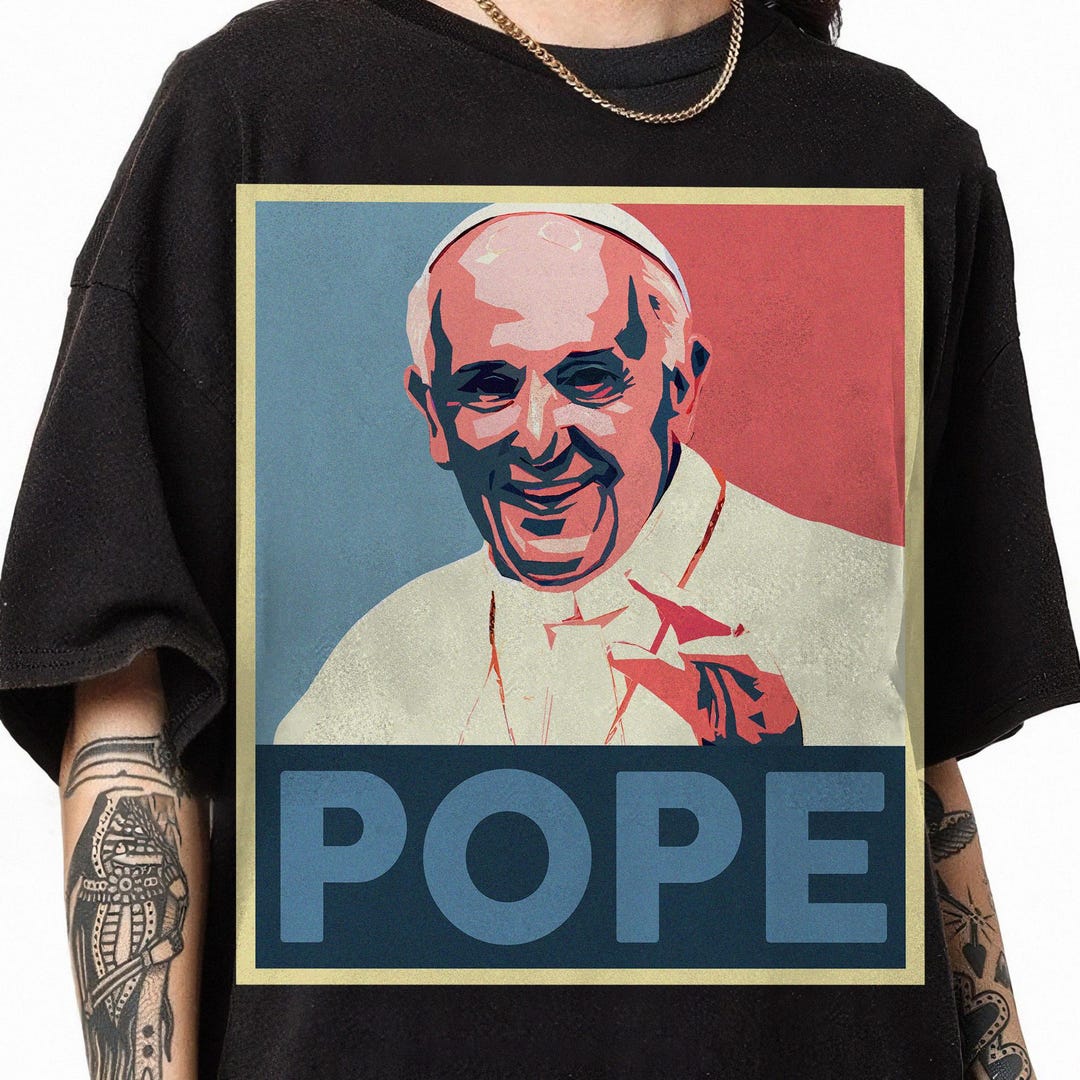Are you curious about the symbolic power woven into the attire of the Pope? The seemingly simple garments worn by the Pontiff are, in fact, steeped in history, theology, and tradition, each piece telling a story of faith, authority, and service.
Let's embark on a journey through the papal wardrobe, a fascinating exploration of seven key pieces of regalia and the rich narratives they embody. The papal mitre, the cassock, and other elements are not merely decorative; they are visual declarations of the Pope's role as head of the Catholic Church and sovereign of Vatican City.
| Aspect | Details |
|---|---|
| Full Name | Jorge Mario Bergoglio |
| Born | December 17, 1936, in Buenos Aires, Argentina |
| Died | Information is not available in the provided context. The provided text mentions the funeral mass will be held on April 26, 2025. |
| Nationality | Argentine, formerly Cardinal of Argentina |
| Education | Master of Arts in Philosophy, from the Colegio Mximo de San Jos, and a Licentiate in Theology |
| Religious Order | Society of Jesus (Jesuits) |
| Ordination | Ordained as a priest on December 13, 1969 |
| Episcopal Consecration | Titular Bishop of Auca, Consecrated as Bishop on June 27, 1992 |
| Cardinalate | Created a Cardinal on February 21, 2001, by Pope John Paul II |
| Papal Election | Elected Pope on March 13, 2013 |
| Pontificate | March 13, 2013 Present (as of October 26, 2023, with assumption of death in context). |
| Known For | Simplicity, Humility, Focus on social justice, and Reform of the Church |
| Notable Actions | Emphasis on the poor and marginalized, efforts to combat climate change, reform of Vatican finances |
| Coat of Arms | Features a sun with the letters IHS (the first three letters of the Greek word for Jesus), a star and a bunch of grapes |
| Official Website | Vatican Website - Pope Francis |
The papal mitre, with its distinctive shape, is perhaps the most recognizable item in the Pope's wardrobe. According to Beliefnet, only those holding the rank of bishop or higher are permitted to wear the mitre, although it's most commonly associated with the Pope. This head covering, often crafted from luxurious materials and adorned with intricate embroidery, symbolizes the authority and pastoral care inherent in the Papal office.
Beneath the outer vestments, the Pope traditionally wears a white robe, always accompanied by red socks, and sandals embellished with golden crosses. This ensemble, while seemingly simple, carries profound symbolic weight. These items are not simply clothing; they are liturgical attire, symbolizing purity, humility, and the Pope's dedication to service before God.
Papal regalia and insignia represent more than just attire. They are the official items of dress and decoration used by the Pope in his roles as the visible head of the Catholic Church and sovereign of Vatican City. The regalia, including the triregnum (the three-tiered crown), speaks to the Pope's spiritual authority.
The triregnum, the papal tiara, once a prominent symbol of papal authority, is a headgear with three crowns or levels. This signifies the Pope's roles as supreme pastor, teacher, and ruler. While the current Pope Francis has chosen not to wear the triregnum, its existence remains a part of the papal symbolism.
Pope Francis, the first Jesuit Pope, seemed to bring different perspectives to the role, as noted by commentators. Jesuits, also known as the Society of Jesus, are known for their focus on studying languages and philosophy. This background may have influenced Pope Franciss approach to his Papal duties and his choices of vestments. His focus on simplicity and humility is often cited as a departure from the more ornate styles of some of his predecessors.
Filippo Sorcinelli, a name synonymous with sartorial artistry within the Vatican, made his first garment for the late Pope Francis in 2013. Sorcinelli is a musician and designer who has collaborated on Vatican religious garments for over two decades. He later went on to design around 20 pieces for Pope Francis, including the vestments. Sorcinelli was quickly dubbed "the Pope's tailor." In 2007, he received a call from the Vatican, and he has worked with them dozens of times.
The garments designed by Sorcinelli and others aren't just clothes; they are carefully chosen to convey specific meanings. The Pope's attire is a visual declaration of his role, spiritual authority, and dedication to his faith. They represent the continuity of the papacy.
When Cardinal Jorge Bergoglio of Argentina appeared on the balcony of St. Peter's Basilica, following his election in 2013, the world witnessed a new chapter in Papal history. Pope Francis entered the papal conclave wearing the scarlet red of a cardinal and emerged in gleaming white. This moment, a pivotal shift in the papacy's visual language, has reshaped the way the world views the head of the Catholic Church.
Pope Francis's choices of clothing would not have seemed distinctive had he followed John Paul II or John Paul I. His choices, however, have been a reflection of his personal beliefs and priorities, especially his dedication to humility and service. They represent the Pope's commitment to these values, and have been noted as being a departure from the more elaborate attire of some of his predecessors.
The cassock, also known as a soutane, is another significant piece of papal attire. While it can be worn by all clerics, the papal cassock is always white. The color, according to legend, was chosen by Pope Pius V. The practice seems to have occurred more or less by historical chance. The white cassock is a visual declaration of the Pope's role, and it signifies purity and spiritual authority.
The simplicity of Pope Franciss style, often contrasted with the more elaborate choices of Pope Benedict XVI, has been a subject of much discussion. The late Pope Francis was often described as very simple with his choice of vestment, and was often compared to the outfit chosen by Pope Benedict XVI.
The body of Pope Francis lies in a casket before it's sealed. The funeral mass for the holy father will be held on Saturday, April 26, starting at 10:00 am at St. Peter's Basilica in the Vatican.
In the Basilica of Santa Sabina, on Wednesday, March 5, 2014, a video photo gallery displayed the theme of "Rend your hearts and not your garments" (Joel 2:13). The liturgy of Lent, which starts with these words of the prophet Joel, emphasizes the conversion of the heart as the most important characteristic of this time of grace.


